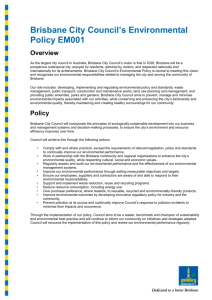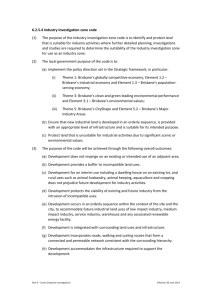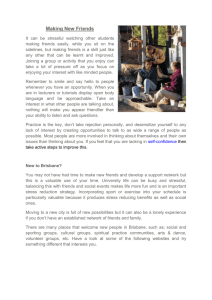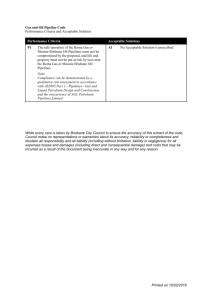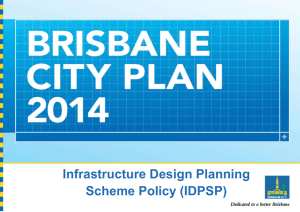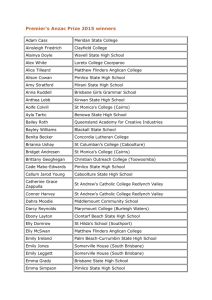Vertical mixed use communities in Australia: a compact city model?
advertisement
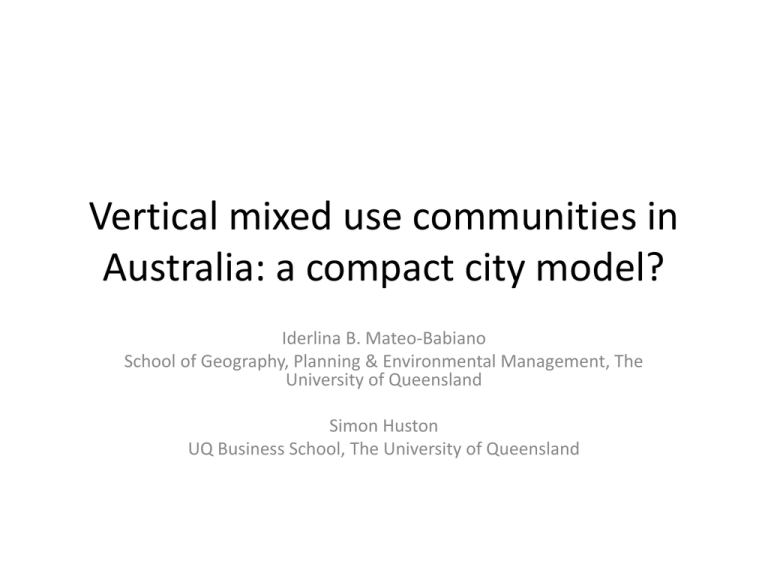
Vertical mixed use communities in Australia: a compact city model? Iderlina B. Mateo-Babiano School of Geography, Planning & Environmental Management, The University of Queensland Simon Huston UQ Business School, The University of Queensland Vertical mixed use development Purpose Scoping study vertical mixed-use buildings in Brisbane, Australia. Findings • Conflicted definitions of VMUs • Limited uptake in Brisbane – single function 86% of 418 CBD buildings – 11.9% two uses – 1.7% (VMU 3 or more uses) Evaluation framework Brisbane study area Vertical structures in Brisbane Mixed Use Developments in Brisbane’s CBD Location of evaluated VMU buildings Horizontal mixed-use development Brisbane Transit Centre displaying 3 towers (Colliers International) VMU Riparian Plaza o Eagle Street o Bloomberg Incorporated Limited and the o Architect is Harry Seilder o Constructed in 2005 o National Award for Innovation and Excellence in Mixed Use Development (2008) o 53 levels o Outside - retail component o 1 -11 - car parks o 14-38 - commercial space o 41-52 - residential space Building heights Limited temporal extension Development Anzac Square Buildings Brisbane Square Building Brisbane Transit Centre Oaks Festival Towers Riparian Plaza Central Station The Midtown The Bostonian Apartments 201 Charlotte Street Primac House 400 George Street 141 Queen Street 140 Elizabeth Street Before 8am Working Hours 8am-5pm After 5pm-late 24 hours Conclusion VMU is no silver bullet to sustainable cities Limited scoping study Results Definitions of VMU conflicted Uptake limited by: o Greater cost and risk o Complexity of decision process o Scarcity of mixed-use design and project management talent

